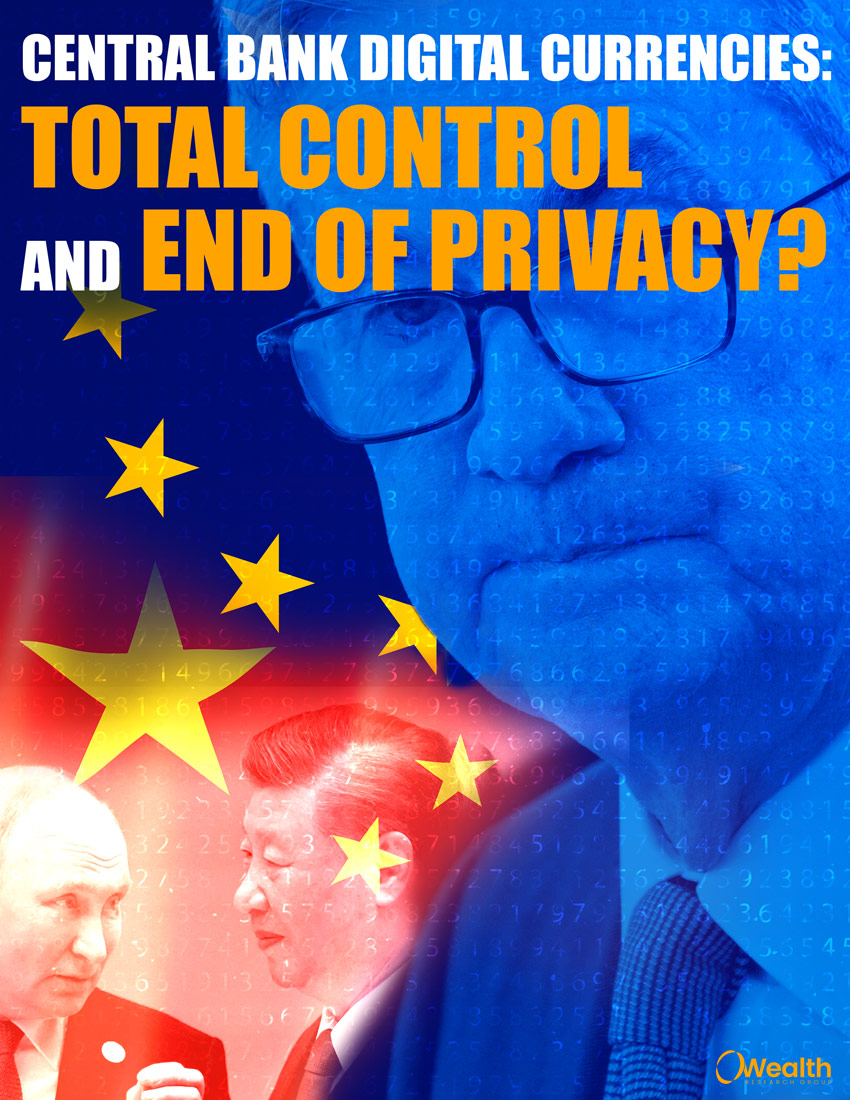Mastercard, in collaboration with major banks like Citigroup and JPMorgan, is testing a blockchain-based Regulated Settlement Network that aims to streamline and secure financial transactions, raising questions about the potential impact on the existing financial system and the motives behind this innovation.
In a world where trust in traditional financial systems is eroding at an unprecedented pace, giants like Mastercard are banding together with some of the heaviest hitters in the banking industry to stage their latest experiment: a proof-of-concept for a Regulated Settlement Network. This grand scheme, draped in the cutting-edge allure of shared-ledger technology, promises to revolutionize the archaic mechanisms of financial transactions. But what lies beneath this shiny veneer?
Mastercard, in conjunction with venerable institutions such as Citigroup Inc., JPMorgan Chase & Co., and others, has announced an ambitious endeavor to test tokenized assets—from commercial-bank money to Treasury and investment-grade debt securities. The purported aim? To simplify cross-border transactions and reduce the risk of fraud and errors. But as with any seismic shift proposed by these financial behemoths, one must wonder: Who really stands to benefit?
Unpacking the Promise of Shared-Ledger Technology
The principle behind this initiative is to amalgamate various financial assets, which currently operate on disparate systems, into a single, tokenized ecosystem. By doing so, these assets would reside on a distributed ledger, facilitating immediate and transparent settlements across the board. On paper, this reads like a panacea for many of the inefficiencies plaguing today’s financial infrastructure. But the devil is in the details—or perhaps in what the details omit.
A Closer Look at the Regulated Settlement Network
The project, which builds on a preliminary 12-week test conducted in 2022, involves simulations of transactions in dollars. It’s a controlled environment where theoretical benefits can be observed and touted. However, one must ask: what happens when theory meets the chaotic reality of the global financial markets? The integration of blockchain technology into the core of financial operations is not merely a technical upgrade—it’s a fundamental shift that could displace traditional systems and the regulators and intermediaries that oversee them.
This move towards a blockchain-based future signals a potential upheaval. Banks and payment networks could see their roles and revenues transformed dramatically as transactions bypass traditional pathways. The question then arises: are these institutions truly seeking efficiency and security, or are they maneuvering to retain their grip on a financial world that’s increasingly slipping into the hands of decentralized, digital upstarts?
The Skeptic’s View: Efficiency or Entrenchment?
While the promise of enhanced efficiency and reduced error is appealing, it’s crucial to scrutinize who controls the ledger, who verifies the transactions, and under what standards. The term “regulated” in the Regulated Settlement Network hints at oversight but doesn’t specify the nature of this regulation. Will there be sufficient transparency and accountability, or will this new system cloak its operations under the guise of technical complexity?
Moreover, it’s essential to consider the timing. In an era where digital currencies and decentralized finance platforms are gaining traction and threatening the traditional banking model, this initiative could be seen as an attempt by the old guard to co-opt revolutionary technology to maintain control. Rather than democratizing finance, could this venture into blockchain be a strategic play to centralize it further, ensuring that big banks and payment networks remain indispensable?
A Cautious Eye on the Blockchain Bandwagon
As Mastercard and its cohorts advance their blockchain tests, the financial community and regulators must remain vigilant. The transformation promised by tokenized assets on a shared ledger could indeed bring about a new era of efficiency and transparency. However, it could also consolidate more power among the few at the top, under the sophisticated veil of technological advancement.
Thus, while we watch this experiment unfold, let’s not be dazzled by the promise of innovation without considering the potential costs. Who benefits, who loses, and who decides these outcomes are questions that need to be at the forefront as we peer into this blockchain-based future.
Will the Regulated Settlement Network be transparent and accountable, or will it hide behind technical complexity? Leave a comment…
Must watch videos on the RTD Blog!!!
- The Price of Dysfunction: U.S. Shutdown & Global Backlash | James Turk Reveals All
- Cracks In The Banking System Could Have Been Avoided w/ Craig Alford
- Mega BRICS+ Bloc: The Ignored Summit That Could Change The World w/ Chris Devonshire-Ellis










0 Comments